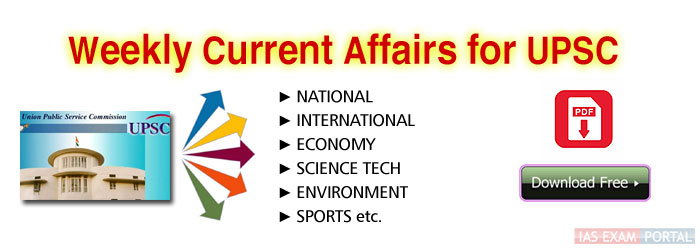
Sample Material of Current Public Administration Magazine
1. Accountability and Responsibility
Rule of Law
It really has been a bleak winter for the Delhi Police — starting with the
clashes with lawyers in November, then the clashes with students in Jamia in
December, which contributed a great deal to the ongoing protests in Shaheen Bagh,
the allegations of inaction during campus violence in JNU in January, finally
culminating in the communal violence in February that has left at least 47 dead
and several hundred injured. Public trust and confidence in the police seems to
be at an all-time low. It will be a long haul trying to restore it; not just in
Delhi, but across the country.
<< Read More >>
2. Indian Government and Politics
Courts Must Intervene
Nelson Mandela said that there can be no keener revelation of a society‟s
soul than the way in which it treats its children. How is our society treating
our children today? The treatment of children detained in Kashmir and the
reaction to serious allegations of illegal detention made in a public interest
litigation (PIL) are simply stupefying. The Chief Justice of the High Court was
asked by the Supreme Court to report on the allegations, which she did. The
contents of the report were not disclosed and it was discarded. A committee of
judges of the High Court then forwarded a report given by the police, which
admitted the illegal detention of many children.
<< Read More >>
3. Significant Issues in Indian Administration
Women to Achieve Her Potential
On March 8, we honour and celebrate women on the occasion of the
International Womens Day. Women in our country are making strides in social,
financial and political fields. It brings me great personal joy to write a few
words to commemorate this day dedicated to women. Be it the 1857 mutiny for
India freedom or the struggle for Independence, our women have always made India
proud. Even today, women are performing their duties with full devotion for the
development of the country and upliftment of the society: They are working
efficiently in various fields, such as academics, literature, music and dance,
sports, media, business, information technology, science and technology,
politics and social development.
<< Read More >>
4. Current Topic
Anti-CAA protests
Analytically, we have to admit that the anti-CAA protests have, for the
moment, reached a strategic dead end. Many protestors, especially in Shaheen
Bagh, have displayed the Gandhian virtues of courage and steadfastness. The
protests politicised new constituencies, including women and students, and
provided the glimmer that the republic would not topple over. But the protests
risked running up against three dominant narratives of our contemporary moment:
Communalism, authoritarianism and elite cohesion. These narratives have, for
now, trapped the movement into being a curiosity at best, a pretext at worst.
The movement revealed more about contemporary India, than it has succeeded at
resistance. The anti-CAA movement was poignant in its use of a new
constitutional language to resist the evisceration of citizenship. It held on to
that language despite grave provocation from the state, and a despairing lack of
support from independent institutions. But the ruling dispensation was keen to
portray it as a communal movement. It portrayed it as a velvet glove in which
the iron fist of jihad was cloaked. If one moves out of our echo chambers, it
must be admitted that this narrative succeeded to a shocking degree. The ruling
dispensation will accelerate this narrative in coming days. The second was the
violence in Delhi, which, even more than the violence in UP, allowed the
communal shadow to hang over the movement.
<< Read More >>
5. Financial Administration
Secular Hypocrisies
The mob frenzy in Delhi which has claimed at least 23 lives — including of
policeman Ratan Lal — unlike communal disturbances in the past, is not a
consequence of an immediate provocation or local feuds. It is sociologically
distinct in nature. Since the 1990s, a generation of Indians has been groomed in
predominantly Marxist and Nehruvian intellectual and political discourses. These
theories construed a notion of Hindu majoritarianism as a threat to the
political rights and identities of the minorities, especially Muslims. The old
narrative of secularism, espoused by both the political and intellectual class,
witnessed challenges from the new Hindutva thought leadership and the mass
upsurge against the politics and policy of appeasement. Whenever cultural and
social issues are fought politically, bitter binaries are created.
<< Read More >>




